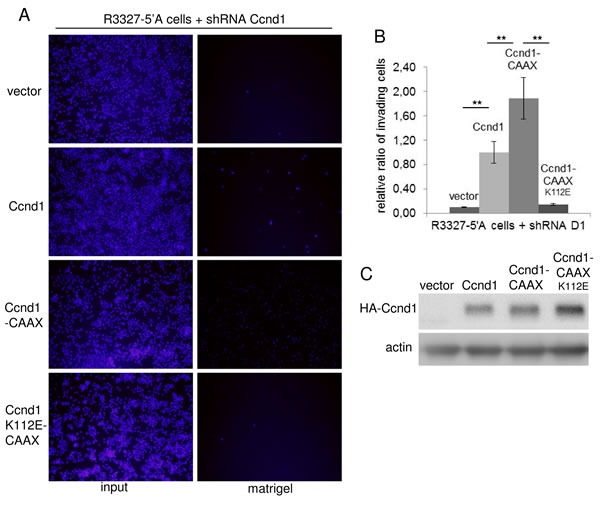Figure 3. The membrane-associated Ccnd1 enhances invasiveness of tumor cells.

A. R3327-5′A rat cells were infected with interference shRNA against rat Ccnd1 (shD1, Sigma). Cells expressing the shRNA were further infected with human Ccnd1, Ccnd1-CAAX, Ccnd1K112E-CAAX or with an empty lentiviral vector. For invasion assays, 5×104 co-infected cells were seeded in 24-well transwell filters previously coated with matrigel, and allowed to invade for 24 hours. After this time all cells were fixed and stained with Hoescht -input-. Then, the remaining cells at the bottom of the filter were washed and Matrigel-embedded cells were counted -matrigel-. B. Relative values from the experiment in A are expressed in mean ± sem. Data are from at least three independent experiments. Significance values were determined by one way ANOVA and Holm Τ-statistic post-test (**p < 0.01). C. Immunoblot showing the expression of HA-Ccnd1 in the co-infected cells. Actin was used as a loading control.
